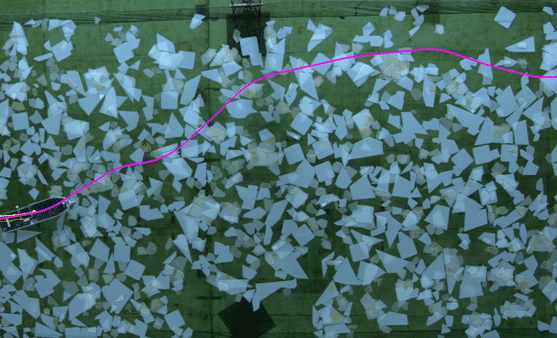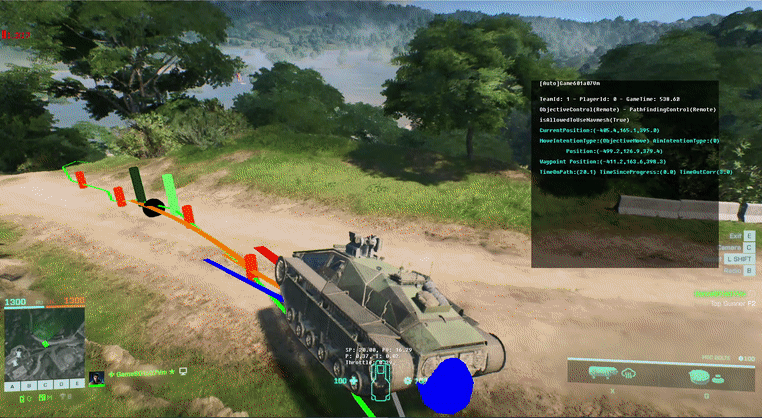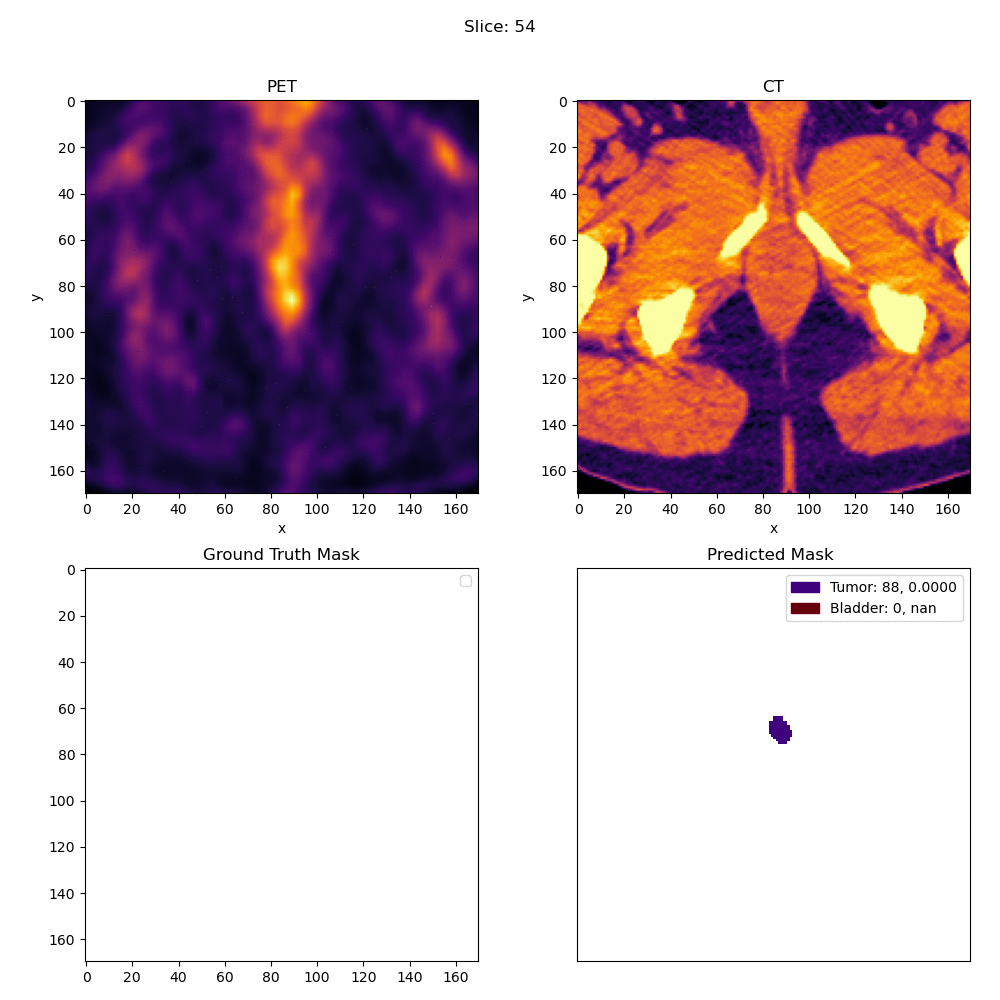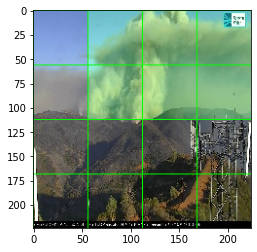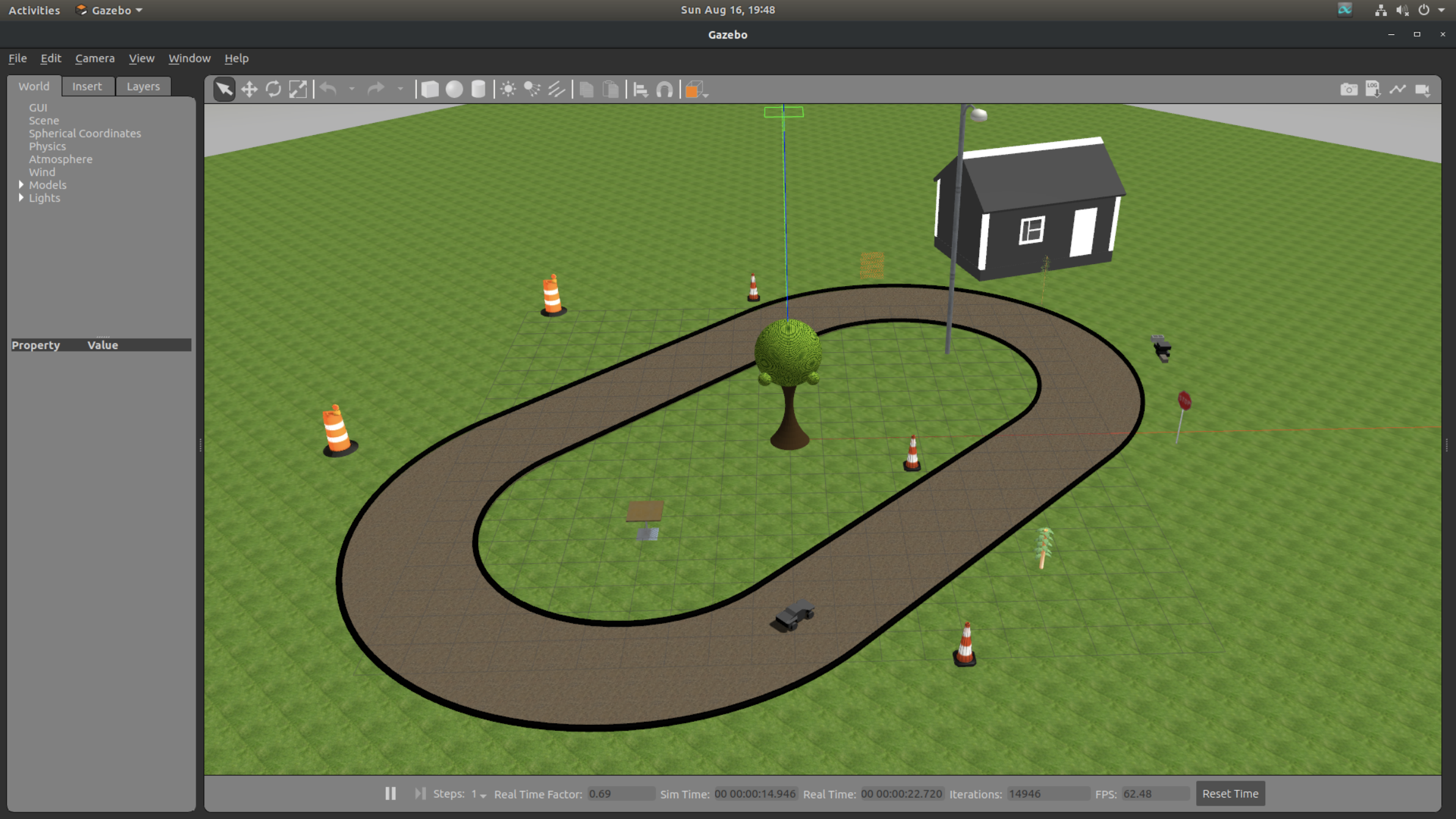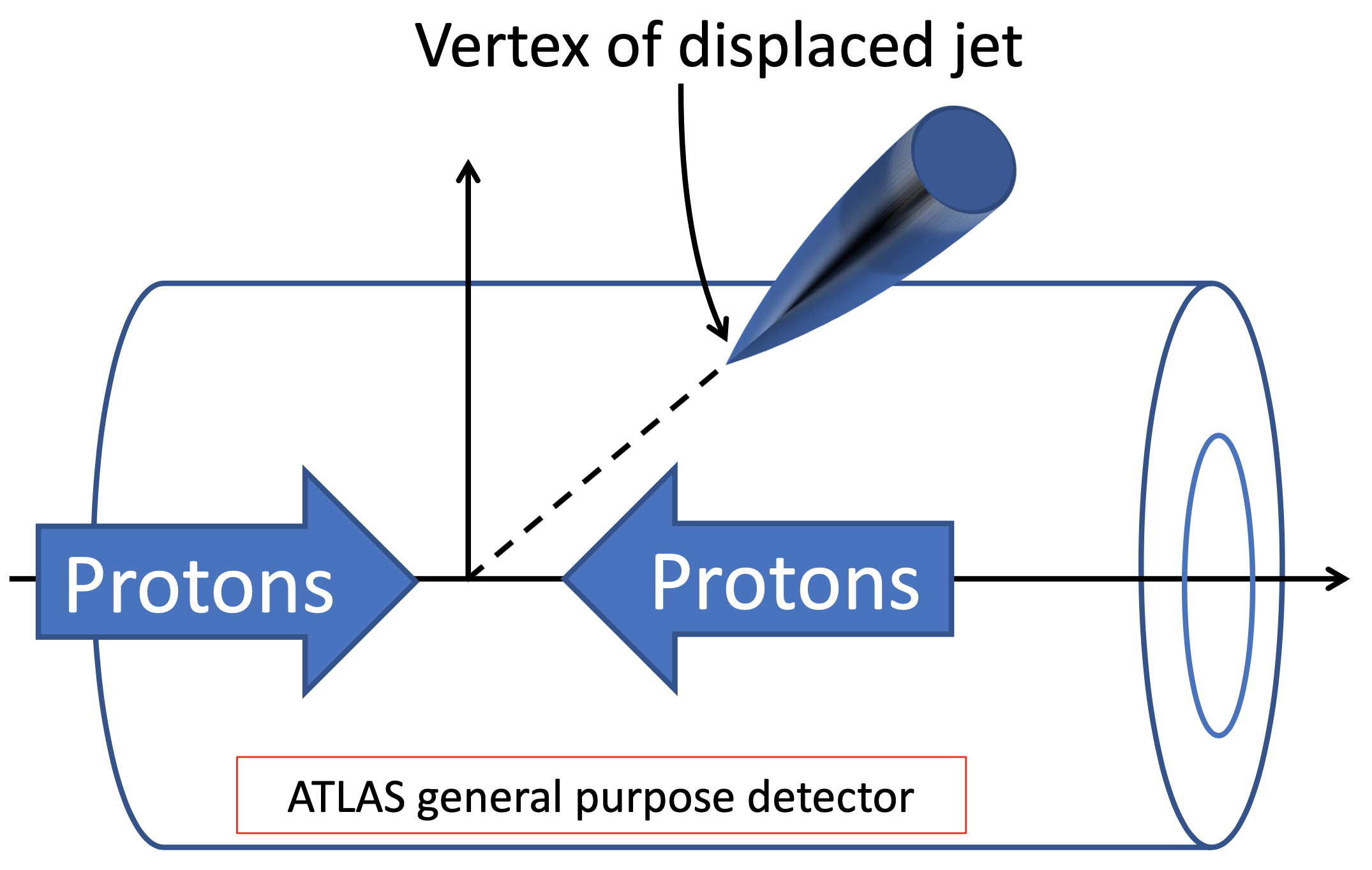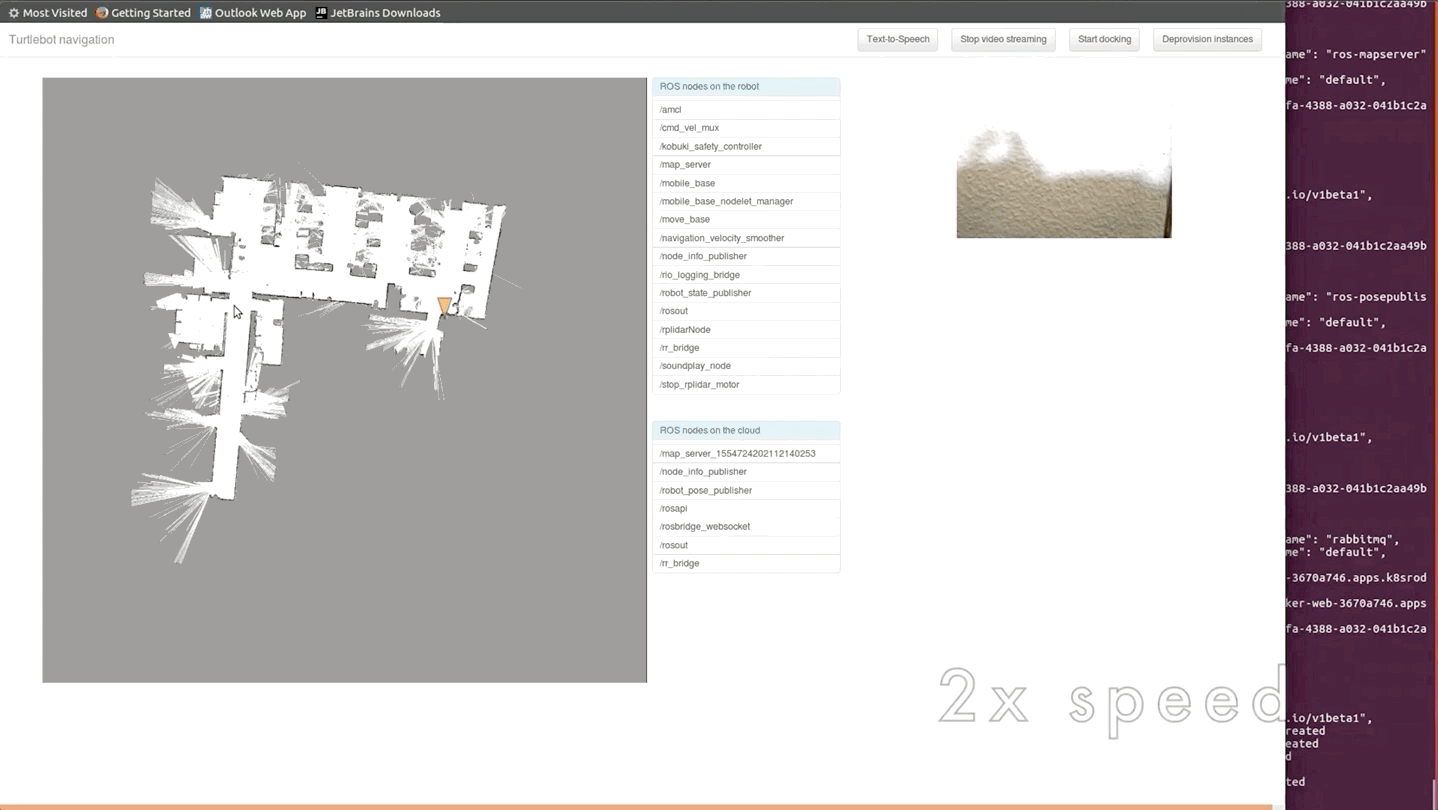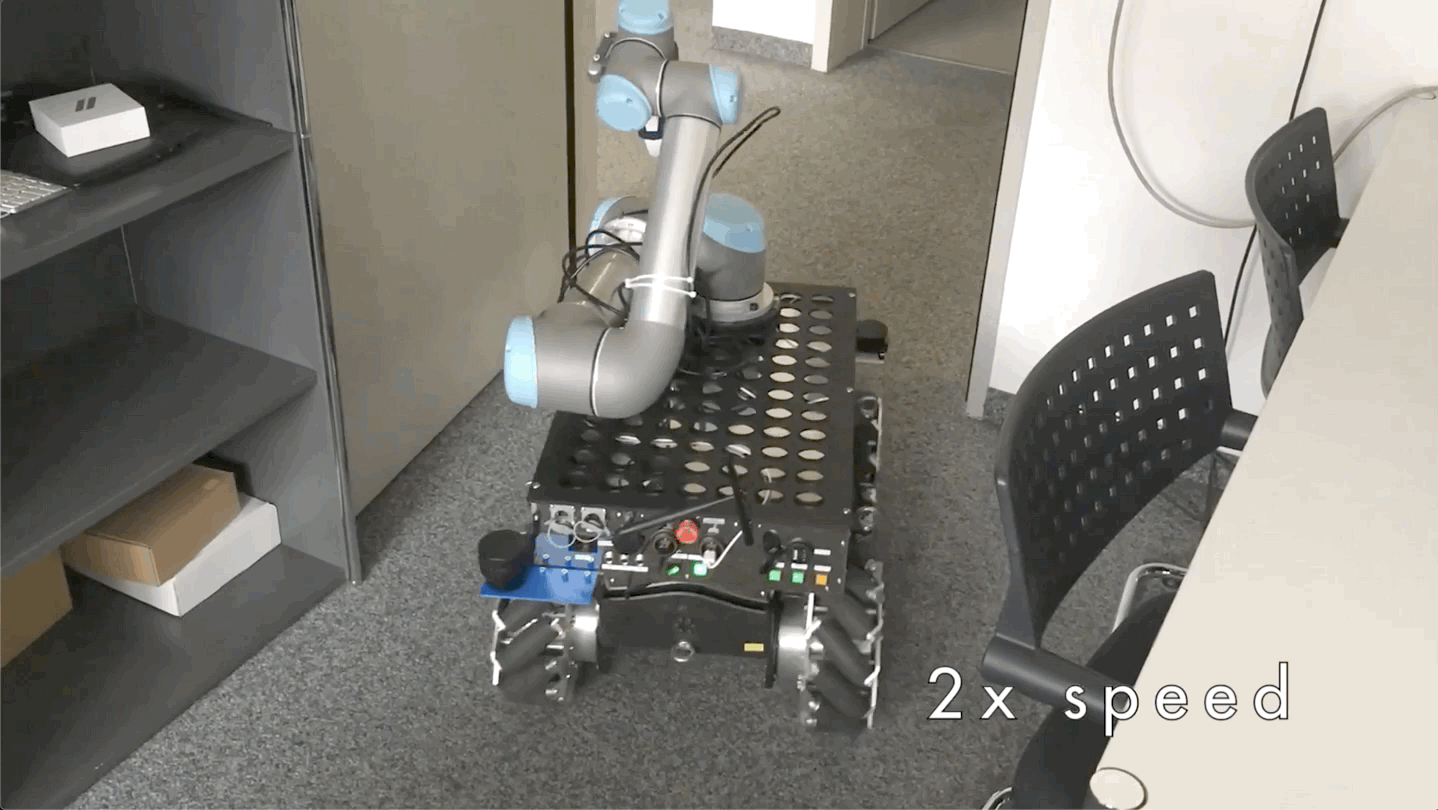Real-Time Navigation for Autonomous Surface Vehicles In Ice-Covered Waters
T-RO 2025 ICRA 2023 Autonomous Ships Lattice Planning
Vessel transit in ice-covered waters poses unique challenges in safe and efficient motion planning. We exploit a lattice-based planner with a cost that captures the ship interaction with ice. The performance of our planner is evaluated across several levels of ice concentration both in simulated and in real-world experiments.
